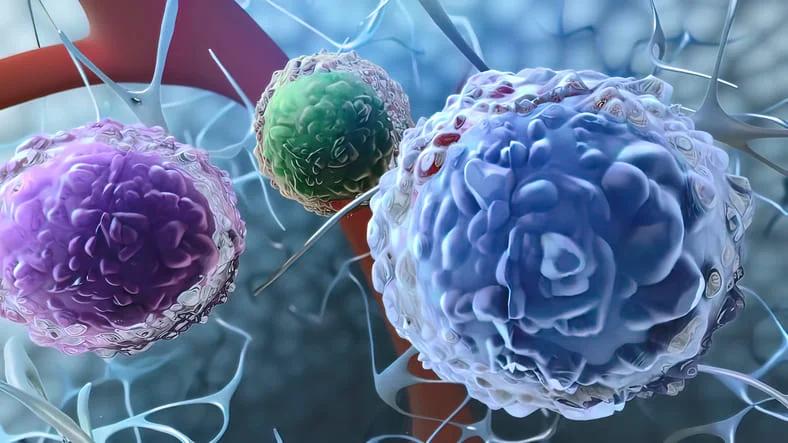KEY TAKEAWAYS
- The study aimed to investigate the clinicopathologic and molecular differences between primary and secondary CNS-DLBCL.
- Researchers found higher MYD88 mutation and 6p21 loss in PCNSL than SCNSL, supporting novel risk prediction models for clinical differentiation.
Diffuse large B-cell lymphoma of the central nervous system (CNS-DLBCL) is an aggressive B-cell lymphoma with clinical and molecular heterogeneity. Primary CNS-DLBCL (PCNSL) affects the brain, eyes, leptomeninges, or spinal cord without systemic involvement. Secondary CNS-DLBCL (SCNSL) manifests concurrently with systemic lymphoma or as an isolated CNS relapse with poor prognosis.
Jeongeun Do and the team aimed to assess the clinicopathologic and molecular differences between PCNSL and SCNSL to enhance diagnostic and therapeutic approaches.
Researchers performed an inclusive analysis using next-generation sequencing (NGS) to identify genomic alterations in 32 cases of PCNSL and 9 cases of SCNSL. They compared single nucleotide variants, copy number variations, and clinicopathologic data to propose risk predictive values, facilitating diagnostic differentiation between these 2 lymphoma types.
About 24 eligible patients were included in the analysis. The MCD genotype, characterized by mutations in MYD88 and CD79B, is the most common alteration in PCNSL and is associated with lower survival rates. The frequency of MYD88 mutation was significantly higher in PCNSL compared to SCNSL (75.0% vs. 33.3%; P=0.042).
Recurrent copy number loss of 6p21 occurred in 56.1% of cases, more often in PCNSL (65.6%) than in SCNSL (22.2%) (P=0.028). Diagnostic positive predictive values (PPV) of MYD88 mutation and 6p21 loss for PCNSL were 89% and 91%, respectively. PPV of both alterations was 93% for the diagnosis of PCNSL.
The study concluded that MYD88 mutation and 6p21 loss were significantly higher in PCNSL than in SCNSL. Novel risk prediction models based on these distinct genomic profiles can aid in the clinical differentiation of the 2 types of lymphomas.
No funding information was given.
Source: https://pubmed.ncbi.nlm.nih.gov/38925823/
DO J, Yenwongfai LN, DO SI, et al. (2024). “Comparative Study on the Clinicopathologic and Molecular Characteristics of Primary and Secondary Diffuse Large B-cell Lymphoma in the Central Nervous System.” Anticancer Res. 2024 Jul;44(7):2953-2960. doi: 10.21873/anticanres.17107. PMID: 38925823.



